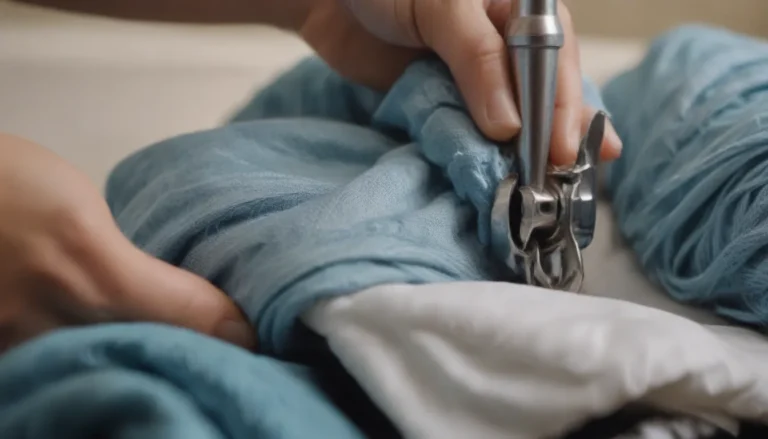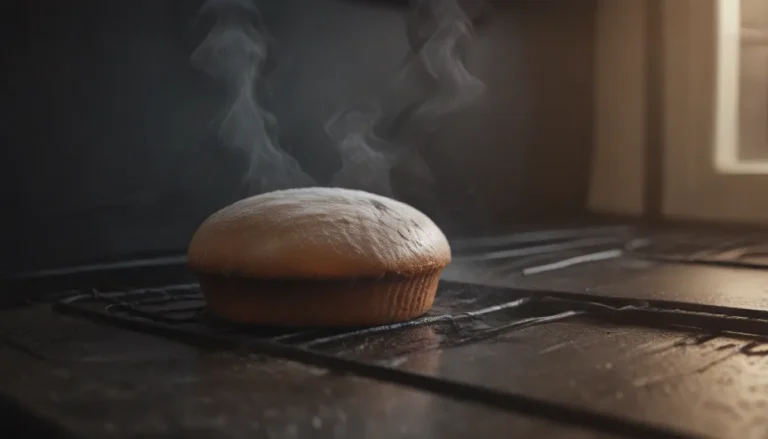Harness the Power of Cleaning Vinegar: Your Guide to Natural Cleaning Solutions

Are you looking to reduce your environmental impact, save money, and keep your home sparkling clean? Look no further than cleaning vinegar, a potent solution that can tackle tough cleaning tasks with ease. In this comprehensive guide, we’ll explore what cleaning vinegar is, how it compares to distilled white vinegar, why you should consider using it, and how to use it effectively in various cleaning scenarios.
What is Cleaning Vinegar?
Cleaning vinegar is a concentrated form of distilled white vinegar that contains around six percent acetic acid. This higher acidity level sets it apart from regular distilled white vinegar, making it a powerful cleaning agent. The acetic acid in cleaning vinegar cuts through grime, grease, and soap scum, making it an excellent choice for cleaning bathrooms, kitchens, and other areas of your home.
Cleaning Vinegar vs Distilled White Vinegar
The main difference between cleaning vinegar and distilled white vinegar lies in their acidity levels. While regular distilled white vinegar contains around five percent acetic acid and is safe for consumption, cleaning vinegar boasts around six percent acetic acid, making it ideal for tough cleaning tasks. This slight increase in acidity makes cleaning vinegar a more potent cleaner that can handle stubborn stains and grime with ease.
Why Use Cleaning Vinegar?
There are several compelling reasons to incorporate cleaning vinegar into your cleaning routine:
- Environmentally Friendly: Cleaning vinegar is less toxic to the environment than many commercial cleaning products, making it a greener choice for your home.
- Cost-Effective: Cleaning vinegar is often more affordable than store-bought cleaning solutions, helping you save money in the long run.
- Effective Cleaning Power: The high acidity of cleaning vinegar allows it to tackle a wide range of cleaning tasks, from removing odors to whitening laundry and unclogging drains.
- Versatile Cleaner: You can use cleaning vinegar to create your own cleaning solutions by diluting it with water or mixing it with other ingredients like dishwashing liquid.
How to Use Cleaning Vinegar in Your Laundry Routine
Cleaning vinegar is a versatile addition to your laundry routine, offering benefits such as odor removal and stain-fighting power. Here’s how you can incorporate cleaning vinegar into your laundry tasks:
- Odor Removal: Add half a cup of cleaning vinegar to the rinse cycle of your washing machine to eliminate stubborn odors from clothing.
- Whitening Whites: Soak white fabrics in a mixture of water and cleaning vinegar to help brighten and whiten them naturally.
- Stain Fighter: Pre-treat tough stains with a mixture of cleaning vinegar and water before washing to help lift stains more effectively.
Remember to always follow garment care instructions and perform a spot test before using cleaning vinegar on delicate fabrics.
Tips for Cleaning with Cleaning Vinegar
When using cleaning vinegar in your cleaning routine, keep these tips in mind to ensure safe and effective cleaning:
- Protect Your Hands: Wear rubber gloves when working with cleaning vinegar to prevent skin irritation.
- Avoid Certain Surfaces: Refrain from using cleaning vinegar on marble, granite, limestone, cast iron, or finished wood surfaces, as it can cause damage.
- Dilute as Needed: For sensitive surfaces like aluminum, dilute cleaning vinegar with water before use to prevent damage.
- Enhance the Scent: Mix cleaning vinegar with essential oils or herbs to create a pleasant scent while cleaning.
By following these simple tips, you can make the most of cleaning vinegar’s cleaning power while safeguarding your surfaces and belongings.
When to Avoid Using Cleaning Vinegar
While cleaning vinegar is a versatile cleaner, there are certain situations where you should avoid using it:
- Natural Stone Surfaces: Avoid using cleaning vinegar on natural stone surfaces like marble, granite, or limestone, as it can cause damage.
- Cast Iron: Refrain from using cleaning vinegar on cast iron pans or grills, as it can pit the metal.
- Electronics: Never use cleaning vinegar on electronic screens like televisions or laptops, as the acid can damage anti-glare properties.
By being mindful of where and how you use cleaning vinegar, you can enjoy its benefits without risking damage to your belongings.
Conclusion
Cleaning vinegar is a powerful cleaning solution that offers a natural, cost-effective way to keep your home clean and fresh. By understanding what cleaning vinegar is, how it compares to distilled white vinegar, why it’s a great choice for cleaning, and how to use it effectively, you can harness its cleaning power to tackle a wide range of household chores. Incorporate cleaning vinegar into your cleaning routine today and experience the difference for yourself!





